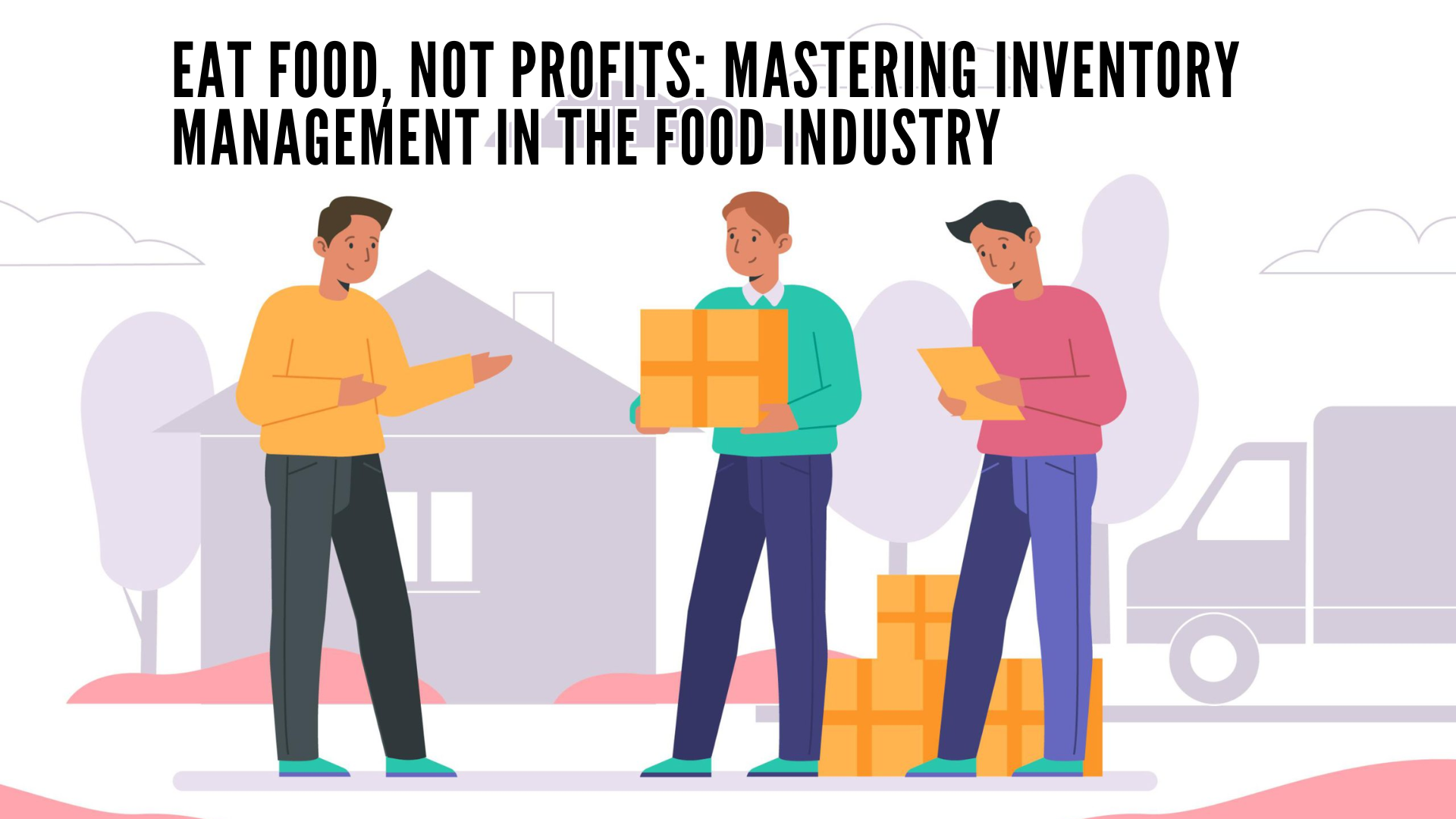The food industry operates in a unique environment where inventory management is not just about optimizing costs but also about ensuring food safety, quality, and minimizing waste. With perishable goods and stringent regulations, effective inventory management can be the difference between thriving and merely surviving. This blog explores essential techniques and solutions to help food industry professionals manage inventory efficiently, ensuring that you “eat food, not profits.”
The Unique Challenges of Food Inventory Management
Perishability: Unlike other products, food items have a limited shelf life, necessitating quick turnover and precise stock management.
Regulatory Compliance: Adhering to food safety regulations requires meticulous tracking and documentation.
Seasonality and Demand Fluctuations: Demand for certain foods can be highly seasonal, and trends can shift rapidly, affecting inventory needs.
Supply Chain Complexity: The food supply chain often involves multiple stages and can be vulnerable to disruptions, impacting inventory levels and availability.
Key Techniques for Effective Food Inventory Management
- First-In, First-Out (FIFO) Method
FIFO is critical in the food industry to ensure that older stock is sold before newer inventory. This method minimizes waste and reduces the risk of selling expired products.
Implementation: Organize storage areas so that older items are more accessible than newer ones. Use labeling systems to mark expiration dates clearly.
Technology Support: Use inventory management software that tracks the age of stock and automates the rotation of inventory based on FIFO principles.
- Accurate Demand Forecasting
Forecasting demand accurately is essential to avoid overstocking or stockouts. Leverage historical sales data, market trends, and seasonal variations to predict future needs.
Data Analysis: Analyze past sales data to identify patterns and predict future demand accurately.
Seasonal Adjustments: Adjust forecasts for seasonal products and trends.
Collaborative Planning: Work closely with suppliers and retailers to align forecasts and production schedules.
- Inventory Turnover Ratio
Monitoring the inventory turnover ratio helps you understand how quickly your stock is being sold and replaced. A high turnover ratio indicates efficient inventory management and reduces the risk of holding obsolete or expired products.
Calculation: Use the formula:
Inventory Turnover Ratio
Cost of Goods Sold (COGS)
Average Inventory
Inventory Turnover Ratio=
Average Inventory
Cost of Goods Sold (COGS)
Optimization: Aim for a balance that minimizes holding costs while ensuring product availability.
- Batch and Lot Tracking
Batch and lot tracking are essential for managing perishable goods, ensuring traceability, and complying with food safety regulations.
Traceability: Keep detailed records of each batch or lot, including production dates, supplier information, and expiration dates.
Recall Management: Effective tracking enables swift action in case of product recalls, protecting consumers and your brand reputation.
- Just-In-Time (JIT) Inventory
JIT inventory management minimizes the amount of stock held and reduces waste, making it ideal for perishable items. However, it requires precise coordination with suppliers.
Supplier Relationships: Develop strong partnerships with reliable suppliers to ensure timely deliveries.
Demand Planning: Use accurate forecasting to align inventory orders closely with anticipated demand.
Advanced Solutions for Food Inventory Management
- Inventory Management Software
Modern software solutions offer comprehensive tools to manage food inventory efficiently:
Features: Look for systems with features like real-time tracking, automated reorder points, FIFO management, and batch tracking.
Examples: Platforms like FreshBooks, SAP Food, and Fishbowl are tailored for the food industry, providing specialized capabilities to handle perishable inventory.
- Automated Replenishment Systems
Automated replenishment systems help maintain optimal stock levels by automatically generating orders based on predefined parameters such as stock levels and sales forecasts.
Benefits: Reduce the risk of stockouts and overstocking, and streamline the ordering process.
Integration: Ensure the system integrates with your existing inventory and sales systems for seamless operation.
- Cold Chain Management
For perishable food items, maintaining the cold chain is crucial to preserve quality and safety. Implement robust cold chain management practices:
Temperature Monitoring: Use sensors and IoT technology to monitor and record temperatures throughout the supply chain.
Real-Time Alerts: Set up alerts for temperature deviations to prevent spoilage and maintain compliance with safety standards.
- Waste Reduction Technologies
Innovative technologies can help reduce food waste and improve sustainability in inventory management:
Shelf-Life Extension: Explore technologies that extend the shelf life of perishable products, such as modified atmosphere packaging (MAP) and natural preservatives.
Donation and Redistribution: Implement systems to manage surplus food efficiently, redirecting it to food banks or charities to minimize waste.
Best Practices for Food Inventory Management
Regular Audits and Inspections: Conduct frequent audits and quality inspections to ensure inventory accuracy and maintain product quality.
Employee Training: Train staff in proper inventory handling, storage, and rotation techniques to uphold FIFO principles and minimize waste.
Supplier Coordination: Work closely with suppliers to ensure timely deliveries and maintain the quality of incoming products.
Sustainability Initiatives: Incorporate sustainability practices into your inventory management, such as reducing packaging waste and optimizing transportation to lower the carbon footprint.









